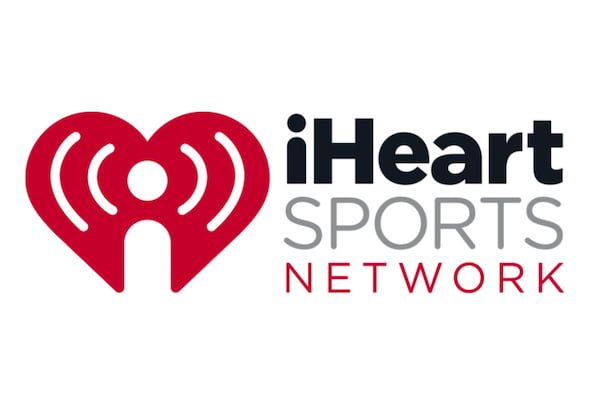Political polls are everywhere, and we can expect to be barraged by them for roughly the next five weeks. The real question may not be what they say, however, but rather how much importance the news media should give them in the lead-up to the 2020 Presidential election.
We all remember how the majority of polls turned out in 2016, in terms of their predictive value. Many were wrong in the end, as they consistently predicted an outcome that did not, in fact, materialize. The same can be said, and arguably more so, for the 2018 elections. Our question here, however, is not the validity of the polls, or even their methodology. The question here is about reporting these polls as news, when such a weak case can be made, through recent history, as it relates to their predictive value.
When news organizations report on and publicize polls, even when conducted by their own network, should we view their results as news? Or should these polls be reported as the subjective opinions of those doing the polling or reporting?
Tune in to a cable television network this week, and you are likely to hear reporting about a poll predicting Joe Biden will win the 2020 election by 10 points. The same day, chances are you can tune in to a national radio show and hear about another poll predicting the re-election of President Donald Trump by a comfortable electoral margin. How can they both be true? And as a result, how can these results be classified as news? Shouldn’t news be objectively factual?
Networks pump up their political polls and treat them as though their proprietary methods and data sets are head-and-shoulders above the rest. Chris Stirewalt and Bret Baier will go to all lengths defending recent Fox News polls, and the results are then parroted day and night as unassailable facts. The same can be said for hosts promoting and reporting on their own polls on the more overtly liberal networks CNN, CBS, ABC, NBC and others. Sometimes the large groupings of reported polls coincide with each other. On other days, networks report as news poll results that vary widely.
Meanwhile, there has been a growing number of alternative news outlets recently, going deeping into polling and pointing out where some of the network names have gotten it wrong. Richard Baris, through People’s Pundit Daily, broadcasts nearly every day on YouTube and social media, with his polling news show, Inside the Numbers, that goes deeper into data collection and statewide trends. Baris, director of Big Data Poll, spends hours on end, dissecting and sharing his methodology and geographical breakdowns. This transparency is both refreshing and enlightening.
Baris sees substantial changes in the coalition that elected President Donald J. Trump in 2016, and questions whether pollsters and poll-aggregators are fully on top of these shifts and capturing the full extent of these shifts.
“This is a very complicated election cycle,” Baris said on his program recently. “Very complicated. And there is no way, no chance, no how that these pollsters are going to get it with the distribution and the participation rates that they are getting. If they do, it will be dumb luck.” Baris specifically points out many erroneous polling results stem from incorrect weighting breakdowns for education and geographic distribution. He also gets quite worked up while pointing out the lack of standards and transparency from many outlets in the polling industry.
Baris also broadcasts weekly with co-host Richard Barnes, an accomplished and nationally-renowned attorney, on their program, What Are The Odds? The duo’s extensive broadcasts amount to master classes on election polling, devoted to statewide voter registration trends, party affiliation and the nuts and bolts of weighting and “nesting” data when conducting surveys. Viewers learn more about Minnesota’s “Iron Range” and Pennsylvania’s Bucks County than they ever imagined wanting to know.
On a similar note, YouTube broadcasters Joseph Cotto and Paul Gottfried go deep into cultural trends and polling, often coming to the same conclusions as Baris and Barnes. Cotto’s program frequently includes the only pollster who correctly predicted Brexit and the 2016 presidential election, the Democracy Institute’s Patrick Basham. On a whole, these digital news outlets offer an extremely detailed and exhaustive dive into polling leading up to the election. They also happen to largely disagree with the 2020 election results provided, to this point, by national media outlets and universities.
So on one hand, you have the national media and university polls, leading us to believe a specific result is extremely likely on November 3rd. The same result they told us was a stone-cold lock four years ago. On the other hand, you have new, online media voices and public polling veterans predicting wildly different results. They won’t both be correct. If so, should what they are “reporting” on today be considered news?
Or is it more opinion, wishful thinking, or shaping of a narrative?
Many of these questions will be answered on November 3rd and in the days that follow. In many respects, the credibility of news outlets hangs in the balance.

Rick Schultz is a former Sports Director for WFUV Radio at Fordham University. He has coached and mentored hundreds of Sports Broadcasting students at the Connecticut School of Broadcasting, Marist College and privately. His media career experiences include working for the Hudson Valley Renegades, Army Sports at West Point, The Norwich Navigators, 1340/1390 ESPN Radio in Poughkeepsie, NY, Time Warner Cable TV, Scorephone NY, Metro Networks, NBC Sports, ABC Sports, Cumulus Media, Pamal Broadcasting and WATR. He has also authored a number of books including “A Renegade Championship Summer” and “Untold Tales From The Bush Leagues”. To get in touch, find him on Twitter @RickSchultzNY.







